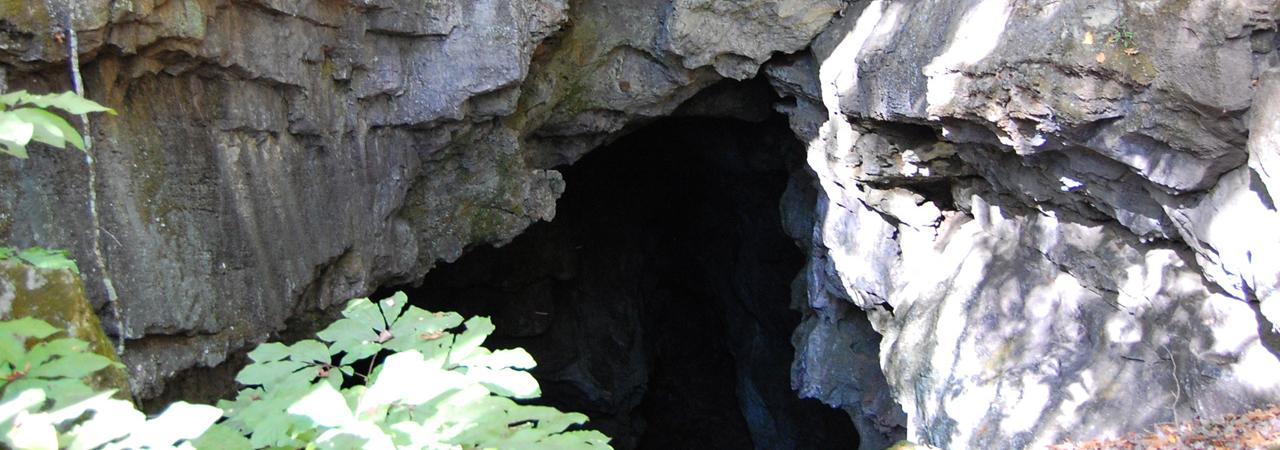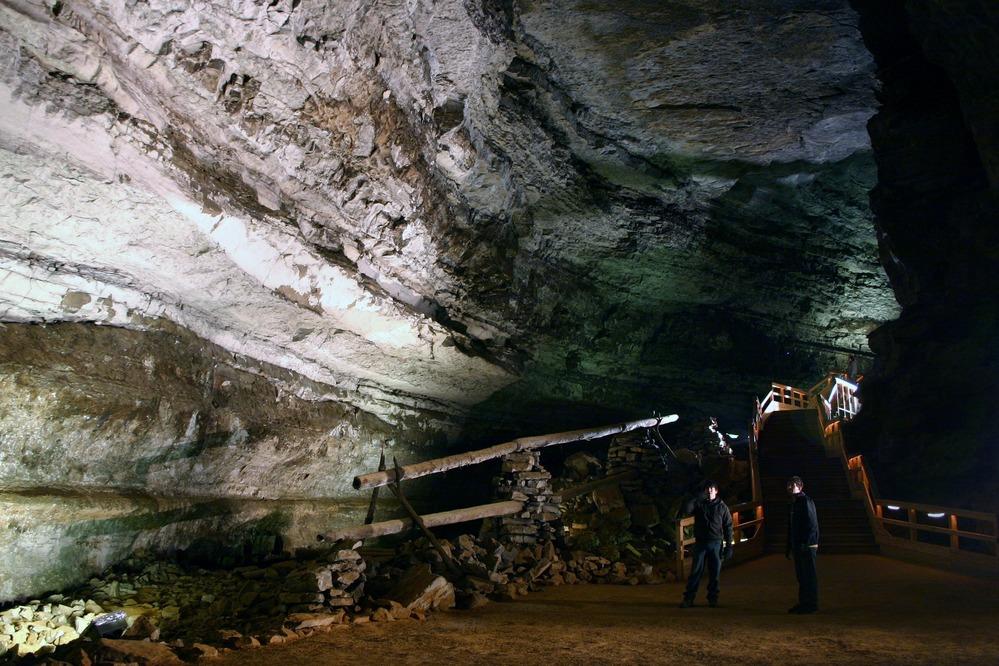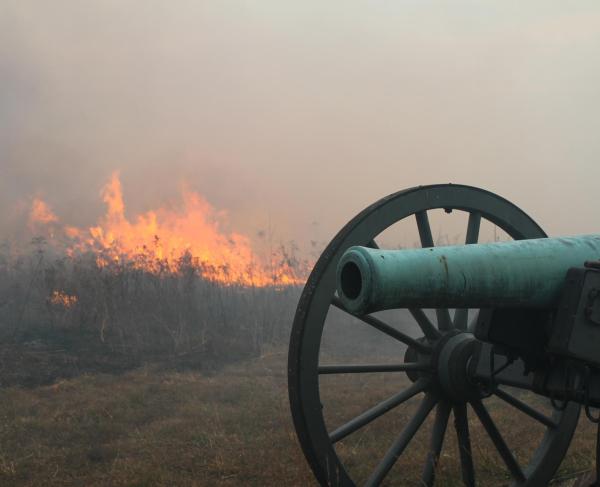Spelunking for Saltpeter

Happy New Year! The winter weather may have you thinking about hibernating to escape the cold, but there are some places that might make for interesting adventures – caves!
Many caves within the Appalachian Mountains and Ozarks contain naturally occurring saltpeter, which is used in combination with sulfur and charcoal to create gunpowder. As we mentioned in the previous edition of “The Nature of History,” saltpeter mining played a significant role in the Revolutionary War, War of 1812 and the Civil War. The ability of colonists to mine saltpeter during the Revolutionary War aided in their fight against the British.
Mammoth Cave and Great Saltpeter Cave are part of an extensive cave system in Kentucky. Remnants of the mining operations from the War of 1812 still exist today. These mining operations supported the gunpowder needs of a fledgling United States of America when foreign sources were blocked by the British.

During the Civil War, the blockade of southern ports by the Union navy prevented the Confederates from importing gunpowder, a critical supply element. The Confederacy needed to manufacture its own gunpowder, so they mined 22 caves in what is presently West Virginia from 1862-1865. Organ Cave, in particular, was a prime source for saltpeter, and was regularly mined by soldiers under the command of Confederate General Robert E. Lee . In order to make the gunpowder, soldiers would excavate soil and shovel it into containers called “hoppers.” From there, they would pour water into the hopper to leach out saltpeter. After the water evaporated, the valuable saltpeter remained. If you visit Organ Cave today, you will see the largest collection of Civil War-era saltpeter “hoppers” in the country.
Several Saltpeter Kettle caves in Georgia served as mines for saltpeter, including the Kingston Saltpeter Cave in Bartow County. Mined for nitrates as early as 1804, Kingston was a site at the outbreak of the Civil War but was taken over by the Confederate Nitre Bureau in order to increase production. While other saltpeter operations farther north had been overtaken, this cave was located far enough south of advancing Union forces in 1864 that it survived until late May. While none of the saltpeter works are in evidence there today, records attest to the large quantity of material processed from the cave before its destruction by the Union army.
Confederate miners often produced the saltpeter entirely underground to avoid detection. However, many mines were discovered, and the workers were subsequently imprisoned. Schoolhouse Cave in Pendleton County, West Virginia is the only cave known to have been mined for saltpeter by Unionists during the Civil War. Following the war, saltpeter mining was discontinued as new technologies rendered the mines obsolete.
If you have the opportunity to come out of your own hibernation and visit a historic cave this winter (or even if you wait until spring!), take a moment to look around and appreciate how our natural resources played an important role in our nation’s early conflicts.
Kathy Robertson
Deputy Director, Real Estate
American Battlefield Trust
P.S. Click here to read more about Virginia’s mineral resources and the American Civil War.


